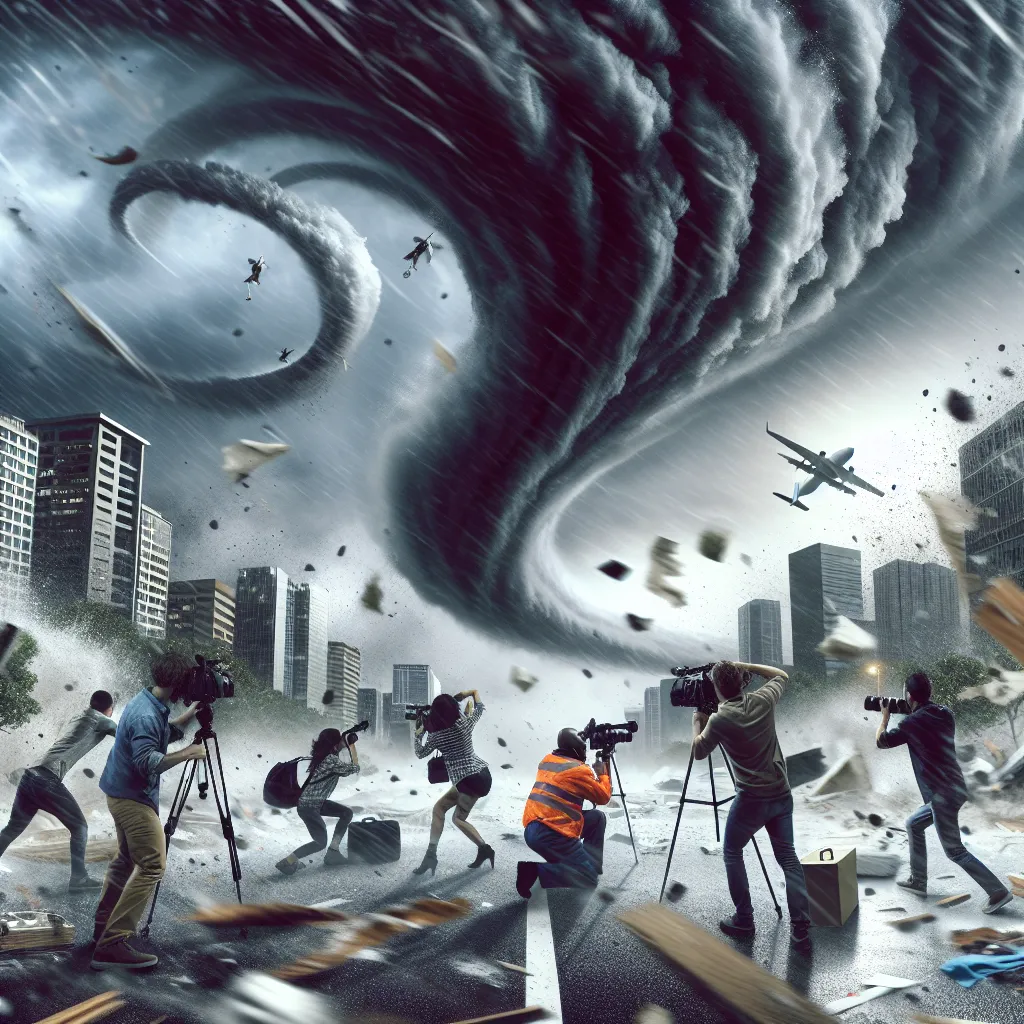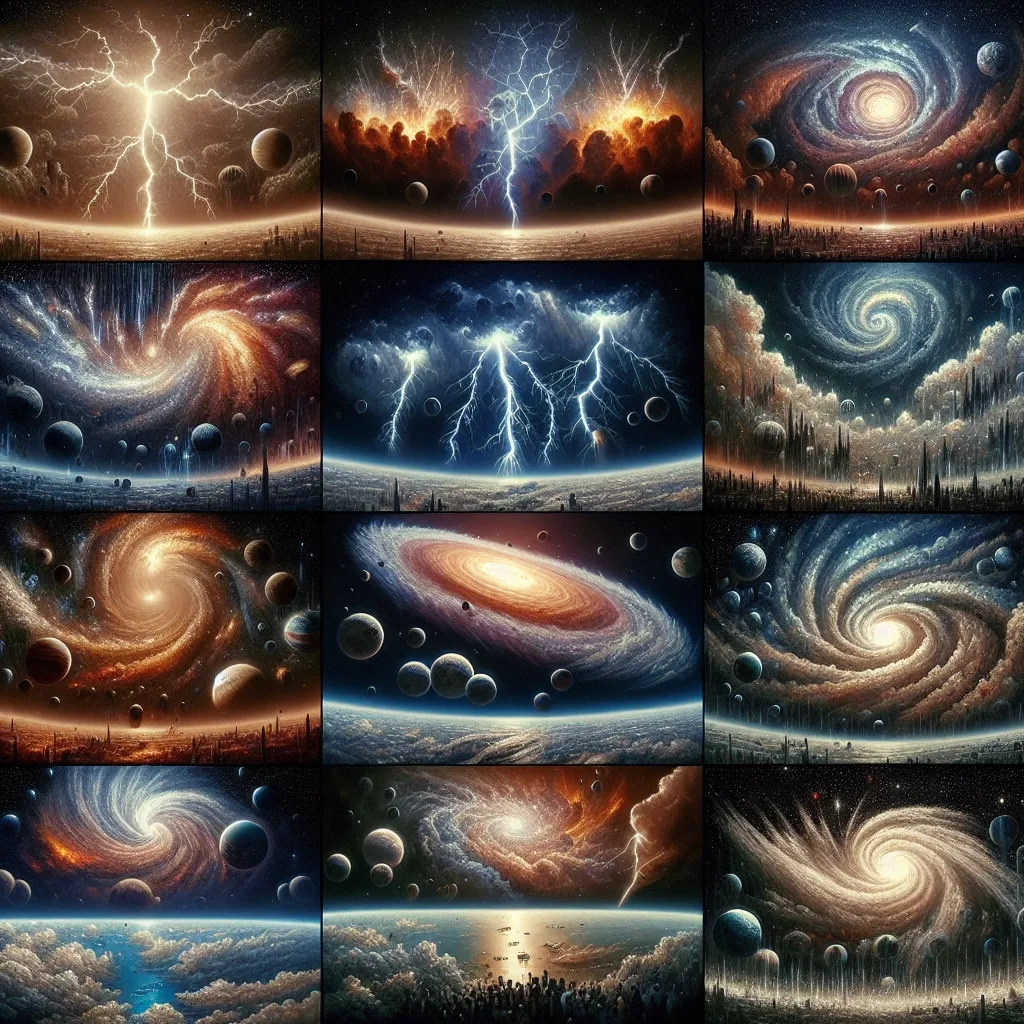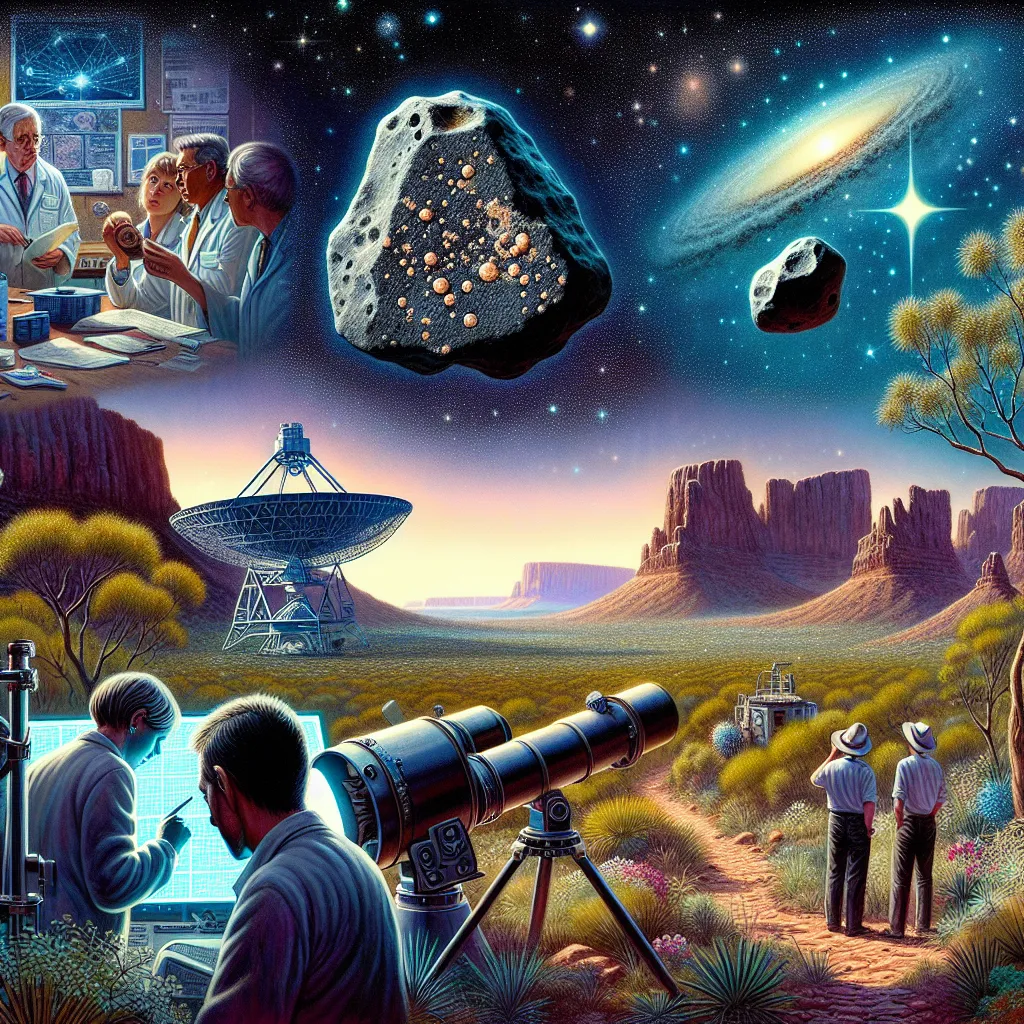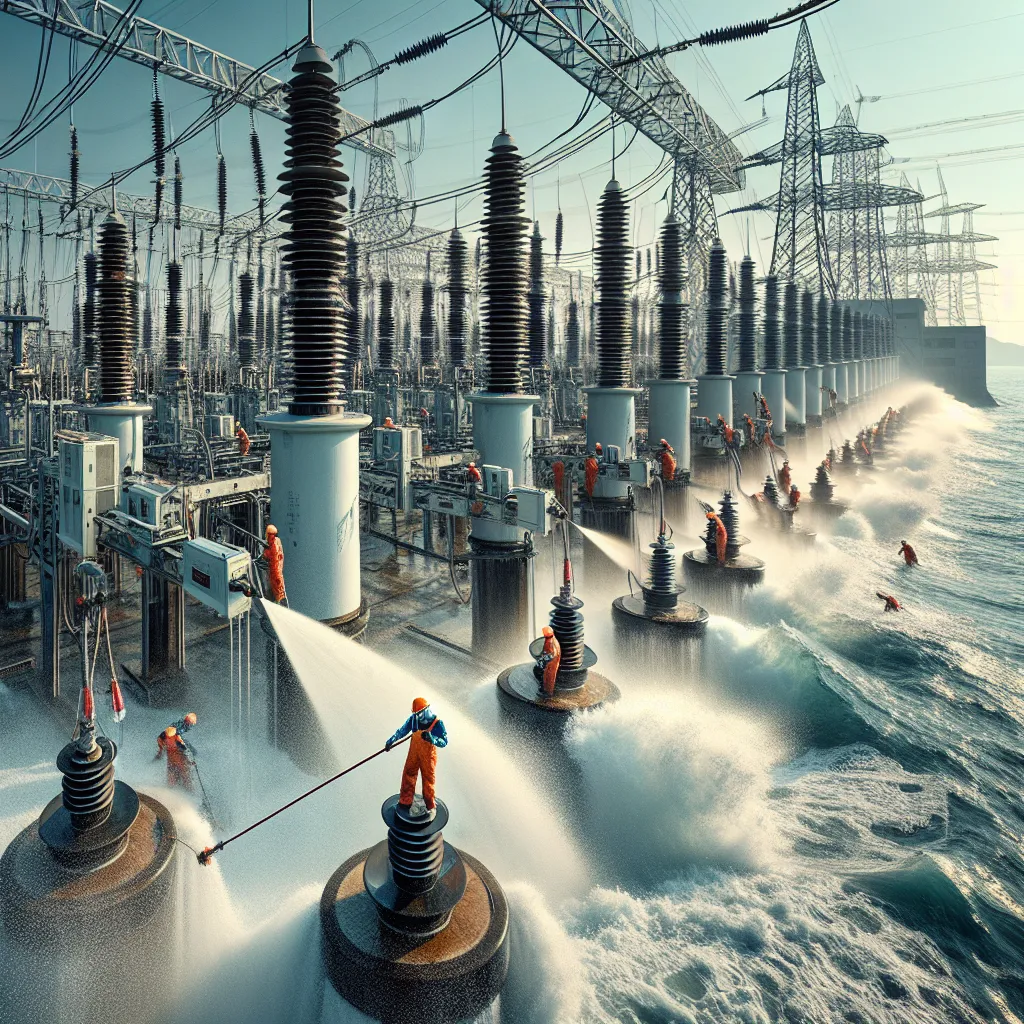The wind is an incredible and invisible force of nature. It can reshape landscapes, destroy buildings, and cause devastating damage in mere hours. In one day, a severe storm can lead to over $10 billion in damage, and violent winds ripping through a city can cause fatalities and injuries. When hurricanes and tornadoes hit, the destruction can be immense. This article unveils the nature of these deadly winds and the people who risk their lives to warn us about upcoming storms.
Hurricane Charley, for instance, hit West Florida on Friday the 13th, August 2004. Predicted to strike within eight hours, it prompted hundreds of thousands of residents to board up their windows and 1.5 million to flee. But not everyone was running away; Mike Tyson, a storm chaser, headed toward the storm, craving the adrenaline rush from high winds. He captured terrifying footage as Charley’s winds reached up to 145 miles per hour. This footage serves as a reminder of the wind’s deadly potential.
Mount Washington in New Hampshire is known for its extreme winds. The mountain holds the world record for the fastest wind ever measured by a weather station—a gust of 231 miles per hour recorded in 1934. Researchers at the observatory experience hurricane-force winds more than 100 days a year.
To understand how strong a wind a human can withstand, we join a test at the University of Washington in Seattle. A brave man is subjected to winds in a tunnel, starting at 74 miles per hour and going up to a dangerous peak of 161 miles per hour. This experiment demonstrates that survival in such winds is possible but requires protective clothing and tethering by a safety harness.
Tornadoes are another deadly phenomenon. Twisters can generate lethal winds that destroy conventional measuring equipment. In 1999, a massive tornado outbreak in Oklahoma produced wind speeds exceeding 300 miles per hour, causing tragic loss and extensive damage. Professor Josh Wurman, a leading weather researcher, works with Doppler radar to measure tornado winds, hoping to improve forecasting and early warning times.
When tornadoes hit cities, the damage can be catastrophic. The Oklahoma City tornado on May 3, 1999, is a prime example. Over 60 tornadoes struck the state, killing and injuring many. Jeff Petrowski, a storm chaser, played a crucial role in saving lives by providing real-time updates to the weather service.
The winds don’t need to be extremely fast to be destructive. Researchers at Texas Tech University test the impact of flying debris on various types of house walls. Ordinary objects can become deadly missiles in a tornado, causing injuries and fatalities.
Hurricanes, although slower than tornadoes, can be incredibly devastating due to their size. Hurricane Andrew in 1992 showed how a hurricane could transform from a minor tropical storm to a category-5 monster in just 36 hours. The damage was massive, with Andrew leaving tens of thousands homeless and taking lives.
Efforts to weaken hurricanes, such as Project Stormfury, aimed to reduce wind speeds by seeding clouds with silver iodide. However, results were inconclusive, and the project was abandoned. Today, meteorologists focus on improving forecasts and warning systems to mitigate damage and save lives.
Despite advances in forecasting, challenges remain. Population growth along coastlines means more people are in harm’s way. Hurricanes like Charley in 2004 showed that even with advanced warnings, not everyone evacuates in time. The rising number of coastal residents continues to strain our ability to protect lives and property.
In conclusion, the wind’s fury in hurricanes and tornadoes presents a formidable challenge. Science has made strides in understanding and predicting these events, but when the angry skies strike, the best defense is often simply to get out of the way. The force of nature remains, and with it, a constant reminder of its power and unpredictability.






